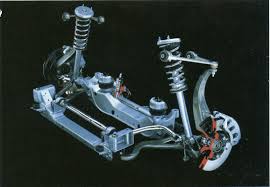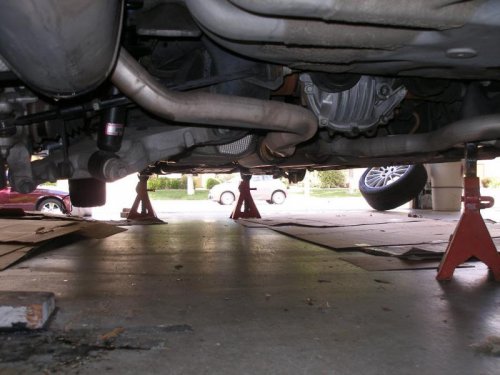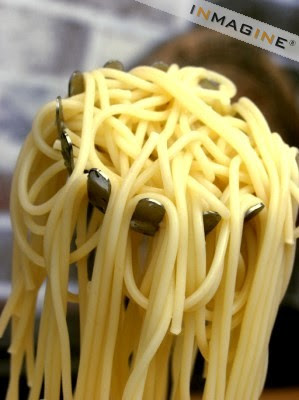Turboguy
Well-Known LVC Member
Okay so after I pushed my LS hard on an open road race course, and then LS4me commented in my road racing thread about how the LS suspension was designed by an F1 engineer, I'm now curious.
Does anyone have a good overall suspension photo, computer generated image, or detailed technical article that describes the LS suspension and why it is a superior design?
I looked for some 1999-2000 car mag stories about the then-new car online but none really went into detail on the suspension.
I'm guessing it is a standard IRS Short Long Arm (SLA) design, but does it have other goodies that make it unique?
Does anyone have a good overall suspension photo, computer generated image, or detailed technical article that describes the LS suspension and why it is a superior design?
I looked for some 1999-2000 car mag stories about the then-new car online but none really went into detail on the suspension.
I'm guessing it is a standard IRS Short Long Arm (SLA) design, but does it have other goodies that make it unique?






